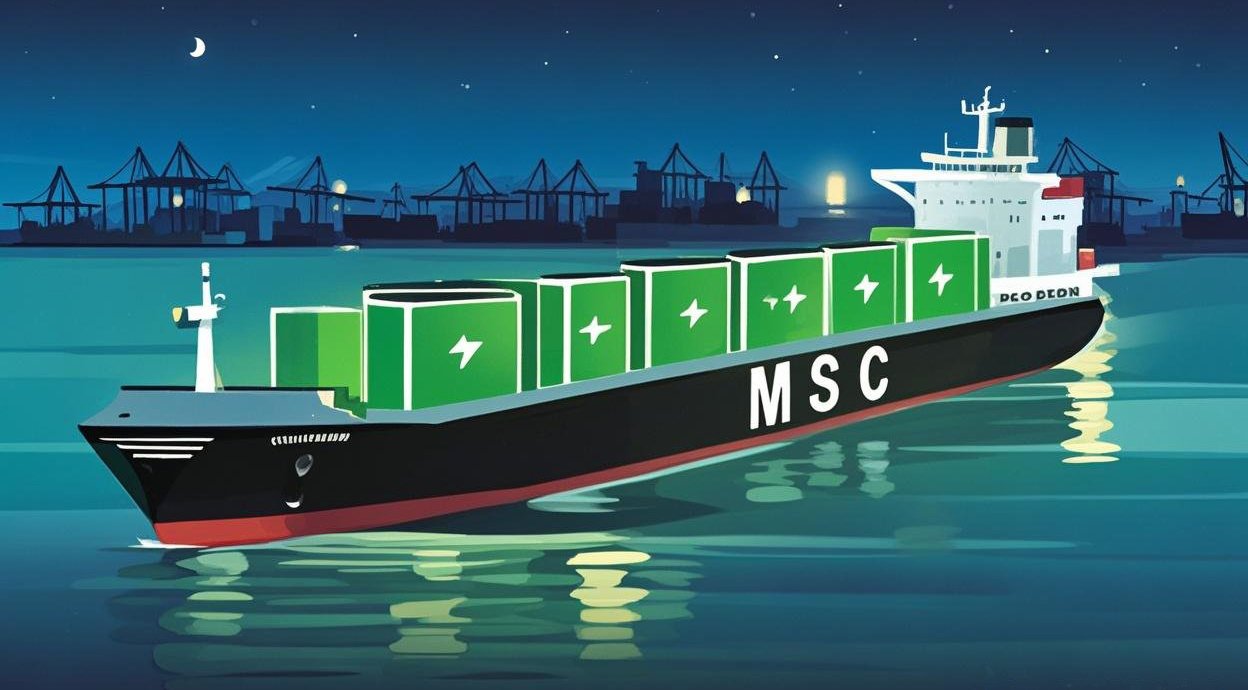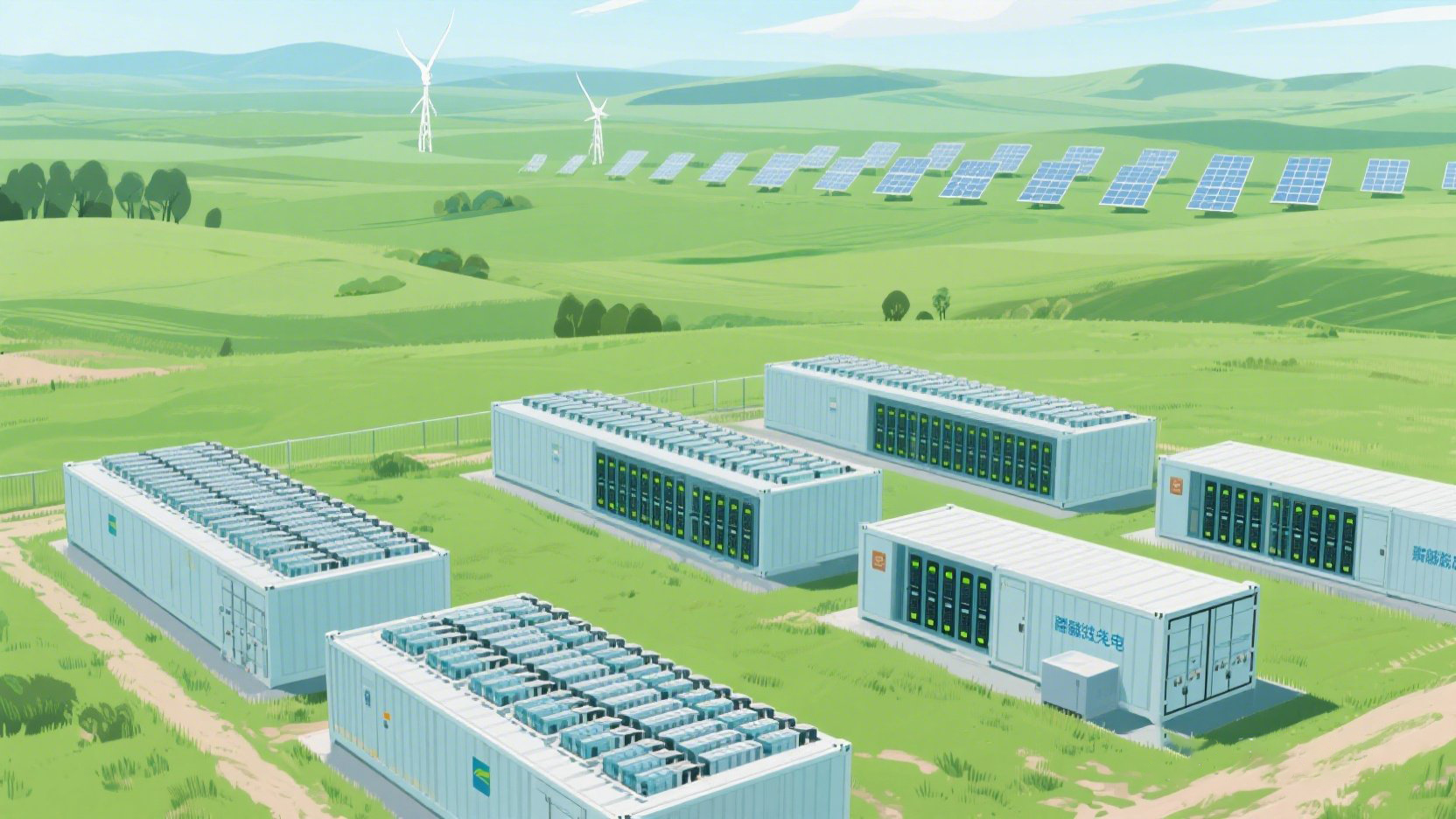Outlook for China's Lithium Battery Exports in the Second Half of 2025
1. Tariff Adjustments Release Short-Term Benefits, Boosting Export Recovery
U.S.-China Tariff Reductions: The Sino-U.S. Geneva Joint Statement on Economic and Trade Talks (May 2025) lowered tariffs on automotive lithium batteries from 173.4% to 58.4% and non-automotive lithium batteries from 156% to 41%, significantly reducing export costs for Chinese companies. For example, CATL’s (Contemporary Amperex Technology Co. Limited) export costs for power batteries dropped by 12%, while profit margins for energy storage systems improved by 3–5 percentage points.
Order Surge Post-Tariff Cuts: Energy storage cell exports to the U.S. are projected to increase by 20–30% month-on-month from May to June 2025, with lithium carbonate demand revised upward to 1.35 million tons.
Critical Material Exemptions: Tariffs on lithium, cobalt, nickel, and graphite (China accounts for 70% of global lithium processing capacity and 85% of graphite anode capacity) are waived, easing U.S. supply chain pressures and benefiting firms like Ganfeng Lithium and BTR New Material Group.
2. Energy Storage Demand Surge Continues, Dominated by U.S. and EU Markets
Strong U.S./EU Energy Storage Demand: In 2024, China exported 120 GWh of energy storage lithium batteries, with 73% destined for the U.S. and Europe, driven by the cost-effectiveness of 314Ah cells (penetration rate to exceed 70% by 2025) and 5MWh systems. The EU’s New Battery Regulation (effective 2027) mandates carbon footprint compliance, accelerating Chinese firms’ local production in Europe (e.g., CATL’s Hungary plant).
Growth in Emerging Markets: Projects like the 2 GW Red Sea Energy Storage Project (Middle East) and Southeast Asian EV industrial parks will push the “Belt and Road” market share above 60%.
3. Technology Innovation and Global Layouts Counter Trade Barriers
Tech Upgrades Mitigate Tariffs:
Solid-State Battery Breakthroughs: CATL’s sulfide-based solid-state batteries (energy density >500 Wh/kg) enter pilot production in 2025, bypassing traditional lithium battery tariffs.
Material Innovations: Lithium manganese iron phosphate (LMFP) captures >20% market share, and silicon-based anodes reach 15% penetration, reducing reliance on restricted materials (e.g., ternary cathodes).
Global Production Footprint:
Localization in Europe: CATL’s Germany plant and Guoxuan High-Tech’s Slovakia facility comply with EU carbon tariffs and 70% localization rules.
Southeast Asia Re-Exports: Factories in Indonesia and Vietnam leverage low tariffs (~10%) and nickel resources to supply Western markets.
4. Policy Risks and Supply Chain Challenges Remain Critical
Geopolitical Volatility: A potential U.S. revival of “80% tariffs” or promotion of domestic alternatives (e.g., zinc-bromine flow batteries) could squeeze Chinese market share.
Rising EU Compliance Costs: The “Battery Passport” (2027) requires transparent supply chains, forcing firms like Tianqi Lithium to invest in carbon-neutral factories.
Raw Material Price Fluctuations: Spodumene prices fall below $700/ton, suppressing lithium carbonate rebound potential, while Indonesia’s nickel export restrictions push firms to secure African resources.
5. Export Restructuring: Higher Value-Added Products Gain Share
Premium Product Shift: China aims to raise high-end lithium battery exports from 25% to 40%, leveraging 4680 cylindrical cells and Cell-to-Chassis (CTC) technology (volume efficiency >75%) for premium pricing.
Market-Specific Strategies:
High-Price Markets (U.S./EU): Focus on high energy density and long cycle life (e.g., Spain’s export price averaged $119/cell in H1 2024).
Low-Cost Hubs (Southeast Asia): Vietnam and India absorb 40% of export volume via low-end capacity transfers.
Summary and Recommendations
China’s lithium battery exports in H2 2025 will follow a “short-term rebound, long-term divergence” pattern:
Opportunities: Tariff easing unlocks orders, energy storage drives structural growth, and tech leadership strengthens competitiveness.
Risks: Policy volatility, alternative technologies, and supply chain fragmentation require agile responses.
Strategies:
Expand Licensing/Joint Ventures: E.g., CATL’s tech partnership with Ford to bypass U.S. IRA restrictions.
Regionalize Supply Chains: Build integrated production in Europe and Southeast Asia to mitigate geopolitical risks.
Invest in Recycling: Firms like GEM Co., Ltd. to establish overseas recycling networks, reducing raw material dependency.
Projection: Exports in H2 2025 will grow 10–15% quarter-on-quarter, pushing the annual market toward $90 billion, further cementing China’s dominance in the global lithium battery industry.





